Tour de France: The unpredictable Mont Ventoux
'The highest wind speed up there on Ventoux was 350 kilometres per hour,' says former French champion Caritoux
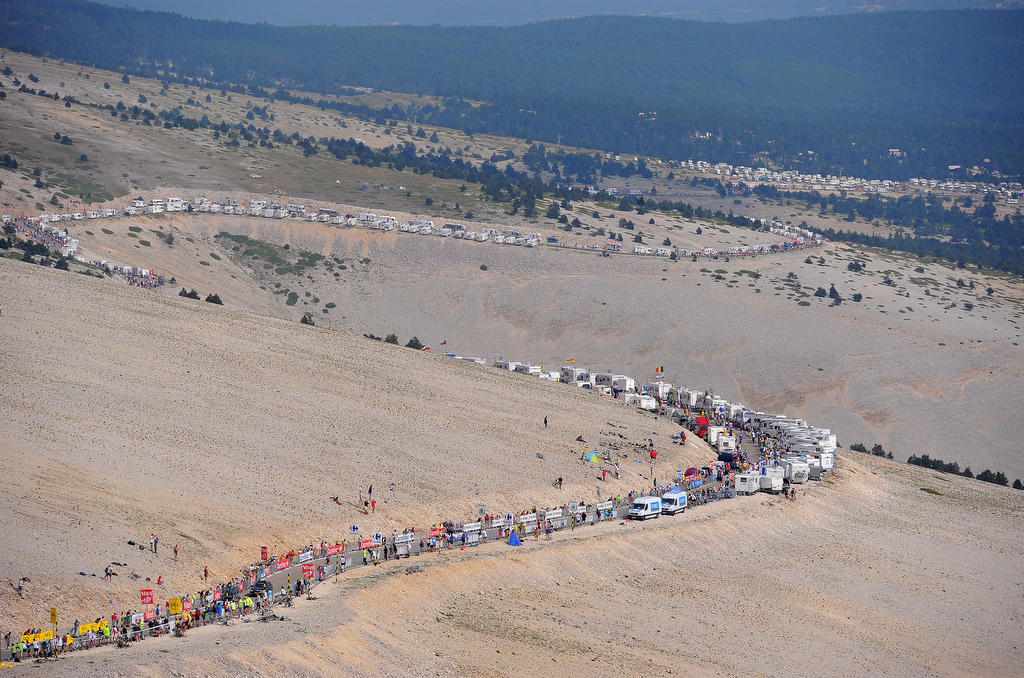
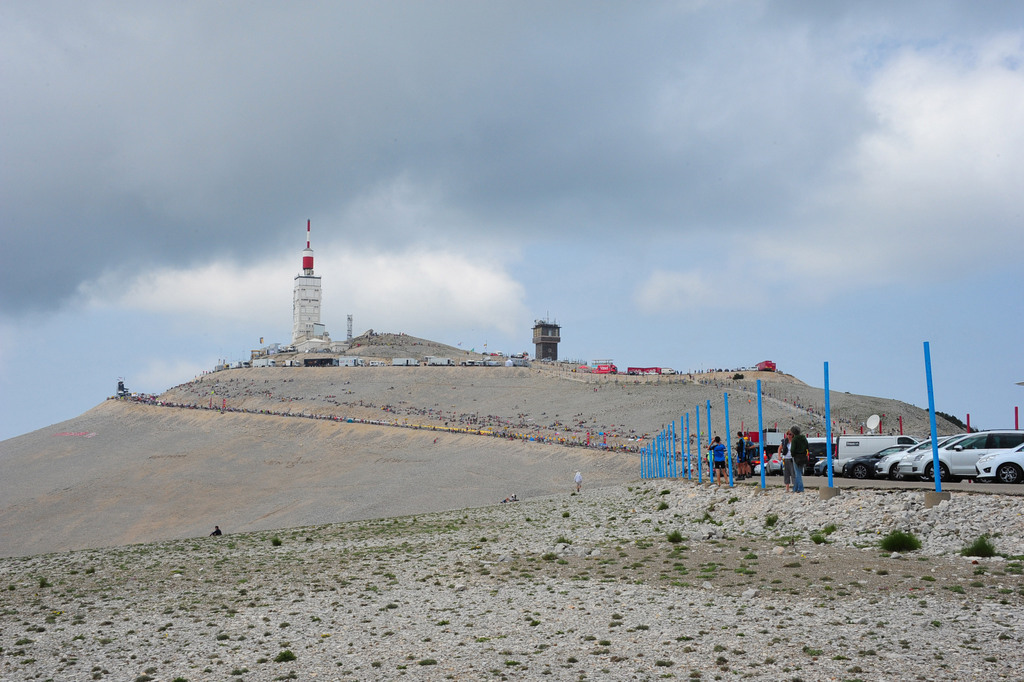
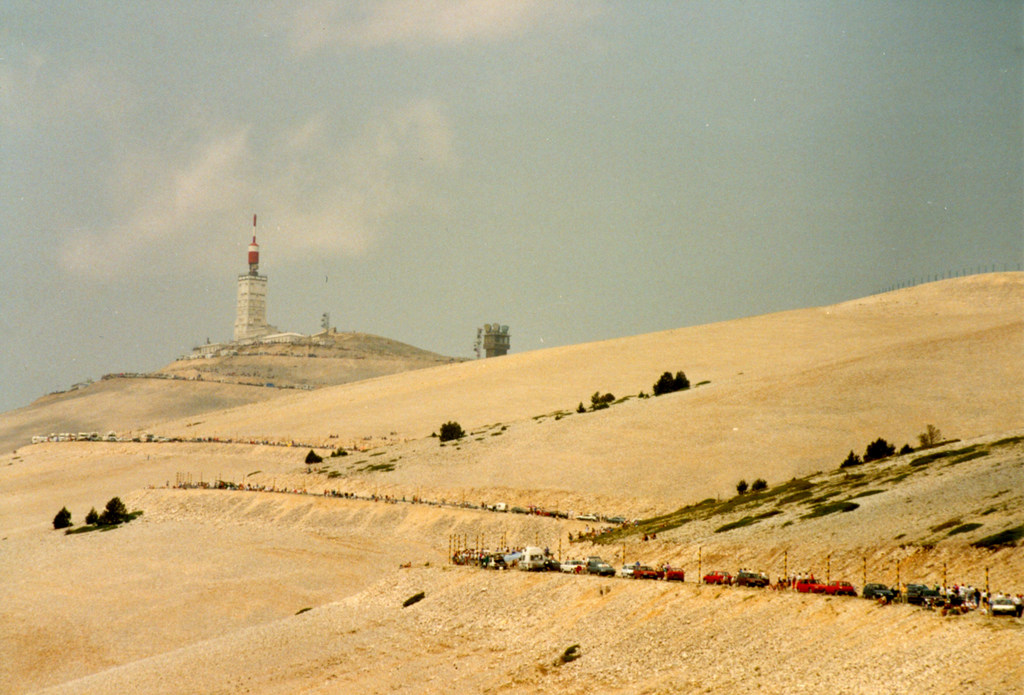
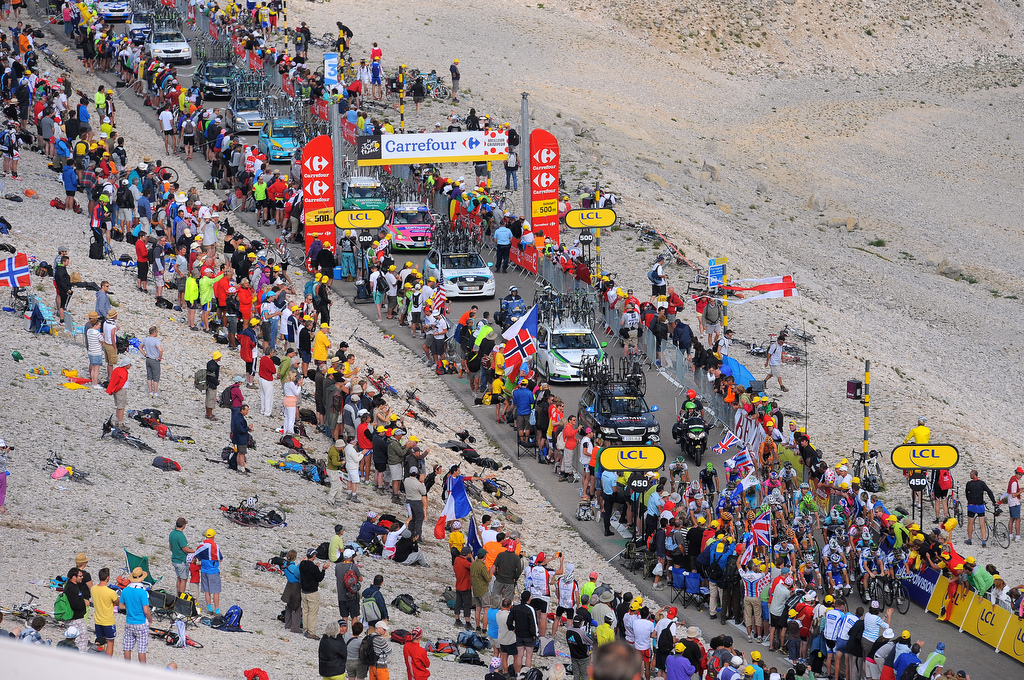
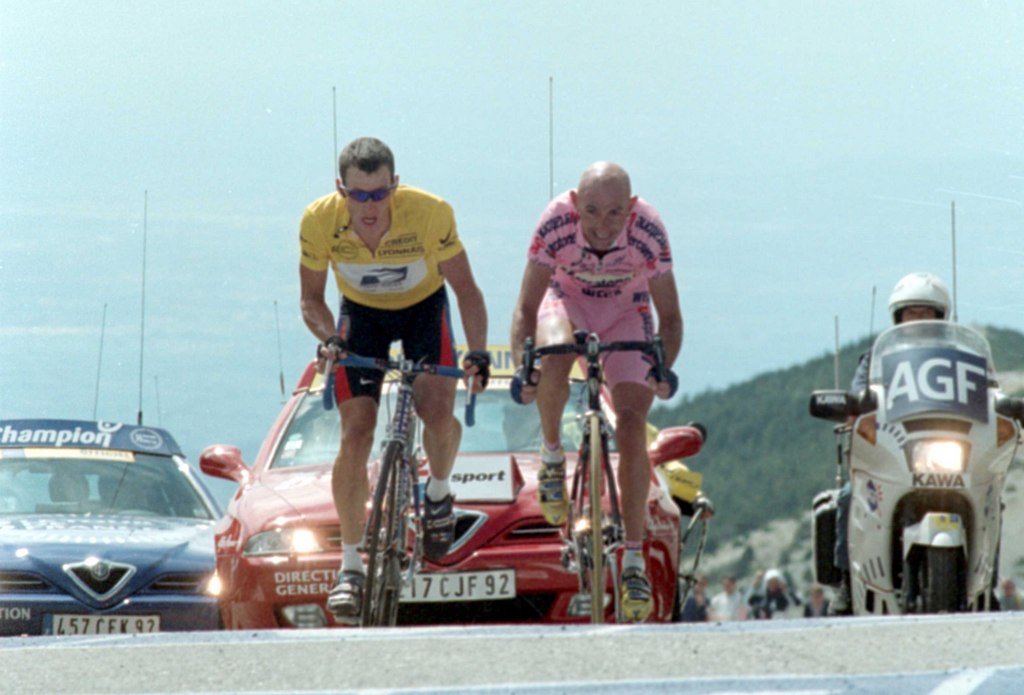
The summit of Mont Ventoux is no place to be when the wind, the feared Mistral, blows. With 100 kilometres an hour winds forecast for today's stage 12 at the Tour de France, to the ‘Giant,' the routing of this Bastille Day spectacular has now been truncated by six kilometres to a finish below the summit, at Chalet Reynard.
Tour de France: Will strong winds change Mont Ventoux finish?
Tour de France: Ventoux stage shortened due to risk of 100km/h winds
Tour de France: Adam Yates ready for Mont Ventoux showdown
Dan Martin: The hardest part of Mont Ventoux is before Chalet Reynard
Tour de France stage 12 - Finish line quotes
Tour de France stage 12 highlights - Video
Tour de France: Crashed Froome forced to run up Mont Ventoux
Pandemonium in Provence: Tour de France crowds out of control on Ventoux
Tour promoters ASO cited the security and safety of the riders, spectators and those working on the race, although on hearing the news, some were skeptical.
"Are the riders getting soft?" one journalist asked Tour director Christian Prudhomme after the route change was announced at the finish of stage 11 in Montpelier. He was met with a blunt response.
"Your question has no sense," said a clearly irritated Prudhomme. "It's not a disappointment – it's a responsible decision by the organisers."
Eric Caritoux, former French national champion, Vuelta winner, veteran of 12 Tours de France, and now local wine grower in Flassan, a village at the bottom of the mountain, knows that the dangers of the Ventoux should not be under-estimated.
Caritoux has heard all the stories, of cyclists being blown off their bikes, camper vans turning over, hikers disappearing.
"The highest wind speed up there on Ventoux was 350 kilometres per hour," Caritoux says. "Once I saw a cyclist clinging onto the posts at the side of the road, the wind was so strong."
Get The Leadout Newsletter
The latest race content, interviews, features, reviews and expert buying guides, direct to your inbox!
And if it's not the wind, there's the extreme variation in temperature. "Even in August it can be zero degrees at the summit, or 37 degrees at the summit," Caritoux says. "Things happen on the Ventoux that shouldn't."
"For example," he says, as if to emphasise the mountain's other-worldliness, "there are flowers that grow on the top of the Ventoux that shouldn't be there. The only other place they grow is the Himalayas."
This mountain of extremes provokes extreme events. Caritoux says that, between the hikers and bikers, cyclists, paragliders and picnickers, there are around five to ten deaths a year.
And since the Tour's first visit in 1951, it has been a theatre of high drama, a reference point for the brutality of the Tour, from Jean Mallejac's collapse in 1955, to Simpson's shocking death in 1967 and, more recently, the ongoing polemics over Chris Froome's winning performance in 2013.
Caritoux understands the Ventoux's special position in cycling's mythology. "You don't go and climb the Ventoux," he says of those unprepared for the mountain's demands, "like you'd drink a glass of wine."
- Tour de France: Ventoux stage shortened due to risk of 100km/h winds
- The Tour de France and Mont Ventoux – Gallery
- Dan Martin: The hardest part of Mont Ventoux is before Chalet Reynard
Many in the past, most famously the ill-fated Tim Simpson in July 1967, supped far more than a simple glass of Cotes du Ventoux before tacking the Giant's relentless slopes.
That number also includes, of course, Lance Armstrong, whose duel with Marco Pantani in the 2000 Tour's Ventoux stage remains one of the definitive examples of the excesses of Generation EPO.
Armstrong considers the Ventoux the "hardest mountain," but adds that "there are plenty of other divisive and dynamic climbs.
"I mean, they're all hard," he said. "The Ventoux didn't require doping any more than any other climb." Yet Armstrong refers to the 2009 Ventoux stage, his final race on the mountain, as "magical."
Unlike Armstrong, his former teammate Tyler Hamilton tasted success on the mountain, in the 2000 Dauphine Libere.
"There's the Ventoux and Alpe d'Huez – those two are the most prestigious climbs," Hamilton says. "You definitely feel that extra pressure, and that sense that racing on Ventoux is a big day. There was a lot of hype about it."
The American, who now works in real estate in Montana, pinpoints the notorious hairpin at St Esteve as a pivotal moment. That bend, and the three kilometres at 10% that follow it, is a critical moment and will be a key part of today's stage.
"You come out of that bend," Hamilton says, "and it's like a bomb has gone off in the peloton. It's either ‘Thank you! I have good legs,' or the immediate realization, ‘I'm not gonna be able to hang with these guys.'"
Hamilton says that racing on the Ventoux, particularly in the Tour, is "always awesome," he says. "The fans, the signs, the people running around in chicken suits. People pulling down their pants. It's hilarious."
But at the same time he concedes that doping took some of the fear of the Ventoux away. "Because of its length and its difficulty – yes. I think you felt the advantages (of doping) more."
Hamilton's past is a bitter reality that he has learned to accept. "It would have been nice to have done it all clean, to have won on the Ventoux, clean," Hamilton says, "but it would have been a struggle."
Today's stage, even without those famous final six kilometres, will still be a cruel test, but for Joanne Simpson, daughter of Tom, who was planning to watch the Tour pass from the Simpson memorial, just below the summit, it will be a huge disappointment.
Will the race come back to the Ventoux in 2017, the 50th anniversary of Simpson's death? The locals say that the rumour is probably not, while Christian Prudhomme remains ambivalent over the significance of the anniversary.
"The Ventoux has to be used rarely," Prudhomme said, before then fuelling expectations for this year's shorter stage, finishing at Chalet Reynard. "Ten kilometres at 9% — that's not to be sniffed at!"
Jeremy Whittle's book, 'Ventoux: sacrifice and suffering on the Giant of Provence' will be published by Simon and Schuster in June 2017.